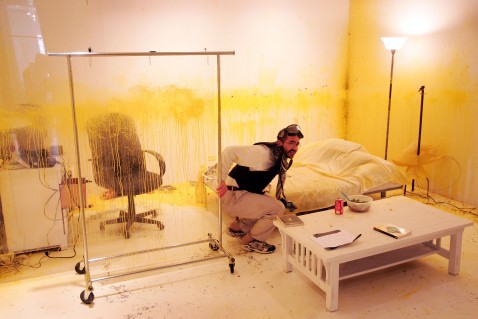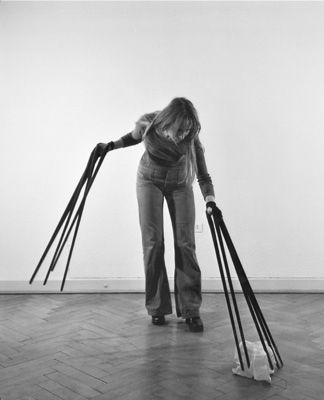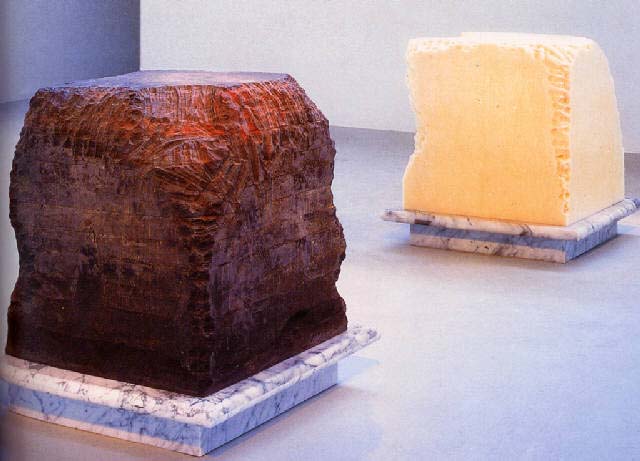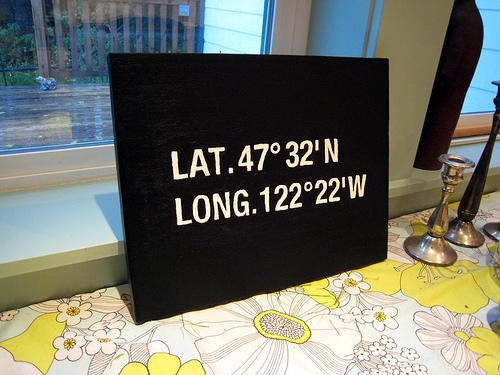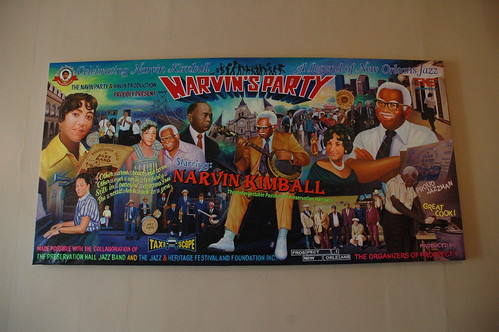




1) What is the contemporary role of the viewer in relationship to artwork? How does this/how has this changed?
2) Are there governing rules to how art is/can be viewed?
3) Why do some artists give out their work? How can/does that break from the tradition of art making?
4) How important is the viewer to the maker? Should art be created for a specific audience? For every audience? Is there a rule or a purpose in doing either of these?
5) Does greater interaction with artwork make it less commercially viable? What are the implications of making less commercially viable work?








